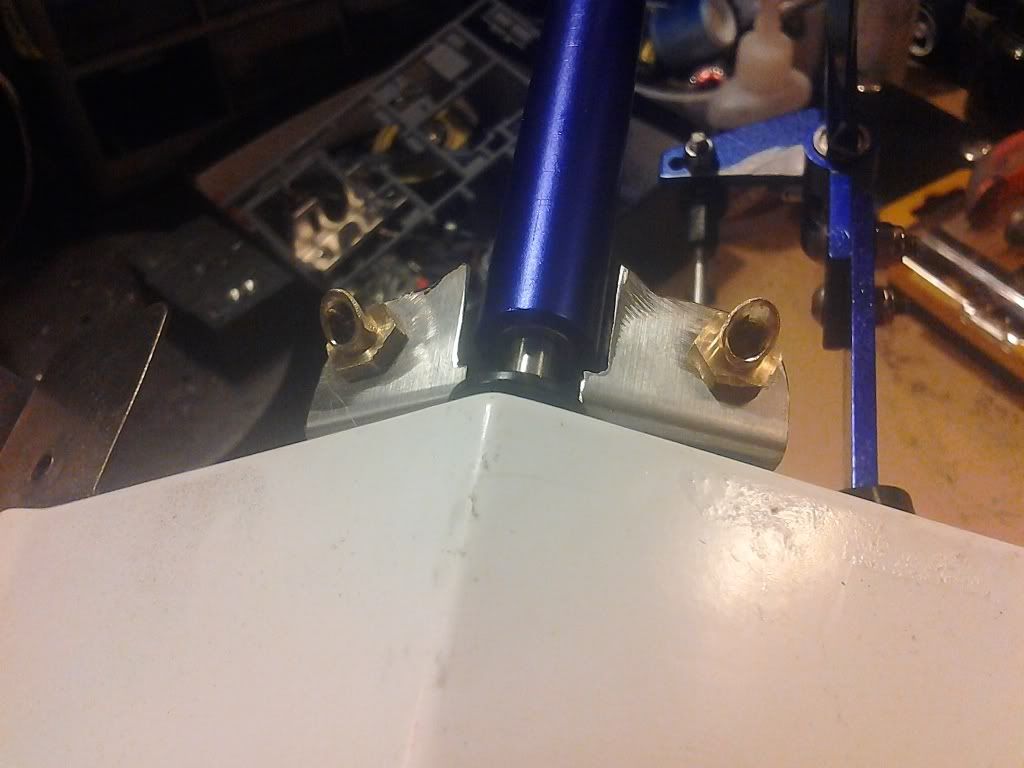Wataslyd, didn't mean to hijack your thread! Rumdog, LOL, I can see there's no convincing you.  No worries, just a difference of opinion. Begood, Sdg.
No worries, just a difference of opinion. Begood, Sdg.
 No worries, just a difference of opinion. Begood, Sdg.
No worries, just a difference of opinion. Begood, Sdg.
 No worries, just a difference of opinion. Begood, Sdg.
No worries, just a difference of opinion. Begood, Sdg.


 YOUTUBE
YOUTUBE 



Comment